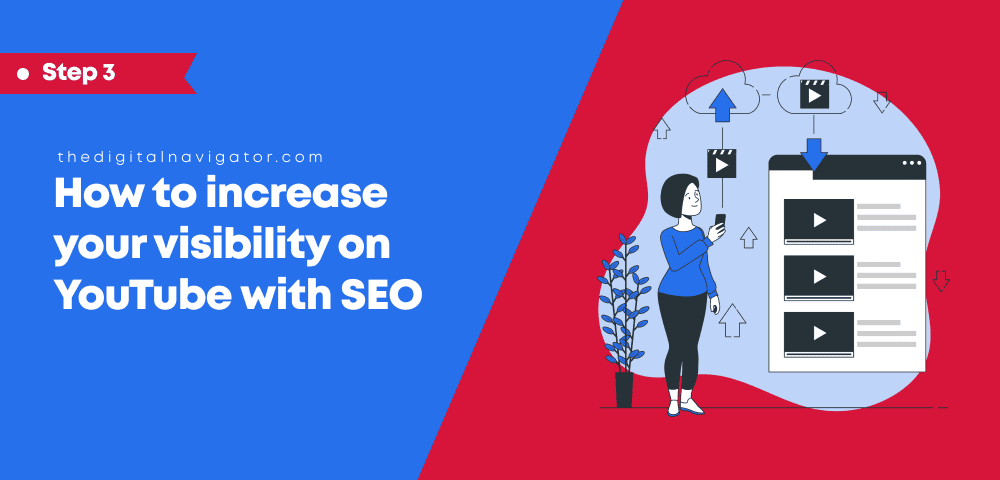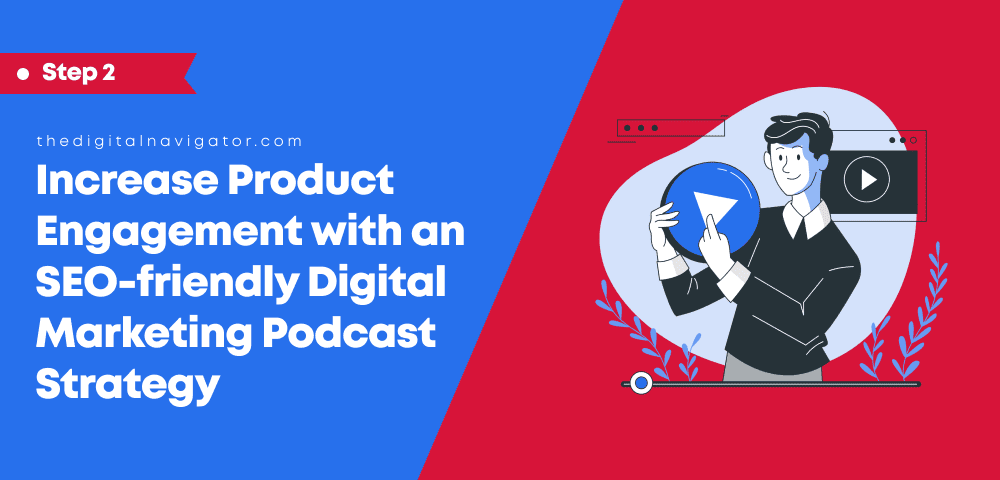How to Make MORE Money with Online Content | How Much Do Content Creators Make?
Reading Time: 7 min
On your way to sell more content, don’t forget these two proven ways we help our clients make more money with their existing content online…plus learn how much content creators make!
This article is Part 3 of 3 in our guide to How to Make Money as a Content Creator | Expert Guide to Content Creation.
The first thing you want to do here is re-establish a target customer avatar, and then focus your content energy into leading that target audience to your site.
Then it’s all about planning repeatable sales funnels to sell your existing content and adding membership functionalities to boost the authority and reach of your website!
We suggest two different models for your sales funnel: a subscription model, and a membership model.
The next sections should help you decide which one may be best for you, and to better understand how each one works in the context of the content you already offer.
2 Proven Ways To Make More Money As A Content Creator

Table Of Content
- Introduction
- 2 Proven Ways To Make More Money As A Content Creator
- Use a Membership Model
- Create a Subscription Model
- How Much Do Content Creators Make?
- Facebook for Cold Audience Advertisement
- 4-Part Master-Class Series
- Follow-Up Sales Campaign
- Time to start making money with your content | How to Monetize Content
- FAQ
Through membership and subscription models, you’ll be in a way better position to boost your revenue from content you’ve already spent time creating. Here’s how you can get major sales increases through your online content assets:
Use a Membership Model
Adding membership options to your content site is another way you can ensure you are spending less and less time working on your site, while still gaining passive revenue. This is how a great content strategy can make you money.
At the beginning, you likely had to spend a ton of time creating content for incremental revenue–membership models reduce that time commitment.
The main requirement for a membership model is that you have a complete course offering already in your content arsenal.
The benefit of membership to your users, then, is that they have access to that course whenever they need it, and can also get access to live Q&A and to your extended community of members.
Other membership models work best for content creators who have a whole host of online courses on offer. By giving the option of membership, you can then provide open access to your full course catalog with the original membership fee.
Again, most membership models will have a community component. This includes message boards, forums, FAQs, or social media communities with private access. Discord, Facebook Groups, or Circles.io are very popular right now, for example.
We recommend beginning membership fees at a low price, and then once you begin to get a community growing, and once you add more exciting material (or continue to promise new material to members only on a regular basis), you can start looking into increasing the price to be a member on your site.
Just make sure that the rewards are worth the fees, with for example member-only course accesses, or coaching groups that you continue to teach live.
Here’s a case scenario to describe what your successful membership model might look like, particularly where sustainability is concerned:
“Datadrivenu.com is an example of a site who started with course creation, and then added coaching on a one-on-one basis, with a group component as well. When they were comfortable that the process was working, only then did they launch a membership program for all their courses, separating the coaching component into a higher-tier membership option.”
An approach that works well is to provide, say, fully recorded programming with a support group aspect (or a direct way to ask you questions).
Another option would be to have several recorded modules of training material, while delivering live Q&A sessions or one-on-one teaching session to cover advanced material.
Say you have an eight-week course that is taught live. It is possible to break that course down into eight recorded training sessions, plus four live teaching/Q&A sessions.
This cuts down the time it takes to live-teach the same material, while increasing the perceived value of membership–now they can get 12 calls and recordings total, instead of the live eight-module offering you had originally.
Create a Subscription Model
Subscriptions differ somewhat from membership models, though they may provide similar access to content depending on which model you choose.
The idea with a subscription is that your audience is agreeing to pay for a product or service at regular intervals, as opposed to access to a community. Think of the way news sites or magazines provide material to their audiences–these are subscription models.
With subscription models, you can still utilize the online course content or coaching assistance you’ve created already, while instead ‘dripping’ the content over a set period of time as opposed to providing full access all at once.
Admittedly, some subscription services also offer a community component, but it is not necessary.
Basically, you provide different ‘subscription’ tiers to offer up access to your content, which can draw in users who are prone to individual professional development outside of a community setting.
Subscription models are in effect a great way to gear up to a membership model, since you are creating a ‘buzz’ around what content you might release next!
The thing with subscription models though–you do have to make sure you are providing a steady stream of new content, which makes this model really attractive to content creators who focus on video or audio education and expertise.
Here’s a case scenario to describe what your successful subscription model might look like:
Imagine you have a 12-week course that most students have completed in three months. Instead of dropping all 12 weeks on members, you can provide a subscription option that releases each week’s course content at pre-set intervals so long as users are still subscribed.
Here, you can use email marketing tactics to ‘drop’ new content based on subscription tiers (weekly, bi-weekly, monthly, annually) and provide additional discounts or subscription benefits for those who subscribe.
How Much Do Content Creators Make?

This is the all-star question that everyone is asking. How do content creators make money? How much money do they make?
We’ve seen some excellent results when content creators partner with us at The Digital Navigator, all because we were there to guide them on where to invest, and where to look for the best results.
When you’re just starting out, it’s normal to see less than $20K in annual sales. At that point we recommend content creators make a simple, yet static website that gives basic information about your business, and which provides a direct way to contact you.
So how does someone grow their content business from there, to more than $100K a year? Is it even possible?
The quick answer? YES.
At The Digital Navigator, we’ve helped individuals and their teams scale their online businesses and become independent. Take the case of Samantha Berry, for example.
Samantha wanted to launch a Master Certification Program as a Digital Course. She only had a website and was selling her guided meditation audios and sharing daily affirmations digitally.
However, like many content creators, she neither had the experience of offering a full digital training program online nor did she have the experience to run marketing campaigns to cold audiences online.
That’s where our team began to map out a new strategy that would get Samantha the revenue she dreamed about.
First, we enhanced her courses and made them more user friendly, and then provided technical assistance so she could host her course on LearnDash through WordPress.
Next, we created a launch and promo strategy through Facebook content creation to sell the course, and to get more students to enroll. She already had 1,111 active subscribers, but only 10% of those subscribers opened her communications.
Here’s how we set her up:
Facebook for Cold Audience Advertisement
Samantha’s Facebook account had 18,000 followers which showed us that this was the best platform to market her course, apart from her own internal email list. For this, $1,000 was used for the overall ad budget to market her course through Facebook content creation.
4-Part Master-Class Series
A sales funnel process was mapped out so her audience could register for a FREE four–dayMasterclass. The aim of this masterclass was to educate and encourage attendees to enroll in the paid certification program.
Follow-Up Sales Campaign
The final step was a two-week follow up process completed through emails and Facebook outreach. This type of campaign encouraged prospects to visit her program sales page where the motive of the course was shared.
Within that two-week follow up campaign period, Samantha’s course material brought in 21 new customers, resulting in $46,364 in revenue from just spending $935.05 in Facebook Ads.
In addition the campaign generated 675 new leads through the Facebook campaign at an ad cost of only $1.39 per lead!
Samantha made just under $50K in one ad cycle–and she is not alone. Here are two other case studies where we helped clients make more money distributing the content they truly love to make:
Learn how we helped Elysia Hartzell make over $60K
Learn how we helped Lori Williams score over $150K
So how much money can content creators make? We think the number can exceed more than six figures annually–and we know how to help creators get there.
Time to start making money with your content | How to Monetize Content
We’ve shared everything we know about how content creators make money, as well as how much do content creators make–and now it’s your turn to take the next step in growing your content creation business.
Remember, it’s all about using every meeting, content asset, and live interaction as a potential source of new content, and about creating a business model that puts you in control of content monetization.
We’re confident you have what it takes to accomplish so much in this next leg of your journey–but if you’re having doubts that you have what it takes to build that business plan, to market your assets, or to create a content system that actually sells, we’re always here to help.
Don’t hesitate to reach out and ask any questions you may have, anytime!
Thanks for reading, and all the best to your business growth from The Digital Navigator.
FAQ
This article is Part 3 of 3 in our guide to How to Make Money as a Content Creator | Expert Guide to Content Creation. If you missed them, go back and read Part 2: How Content Creators Make Money, or Part 1: Money-Making Content Basics.







This is a topic that is close to my heart… Cheers! Where are your contact details though?
my
Hi! You can reach out to us anytime – just book a slot in our calendar at the link below: https://thedigitalnavigator.com/contact-us/#schedule-consultation
Can’t wait to chat about the article and why it was a topic that spoke to you. Cheers back at you!